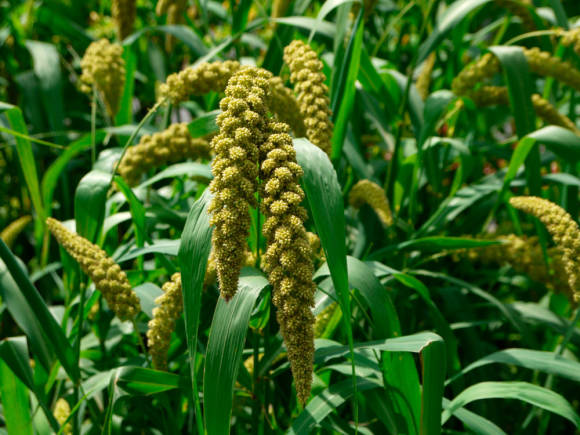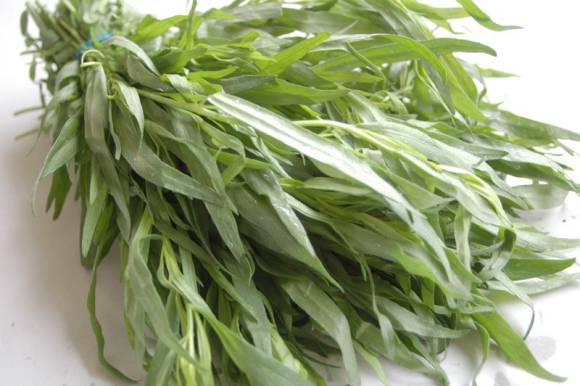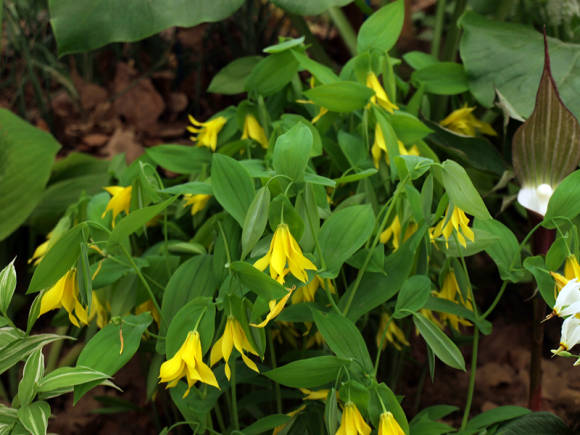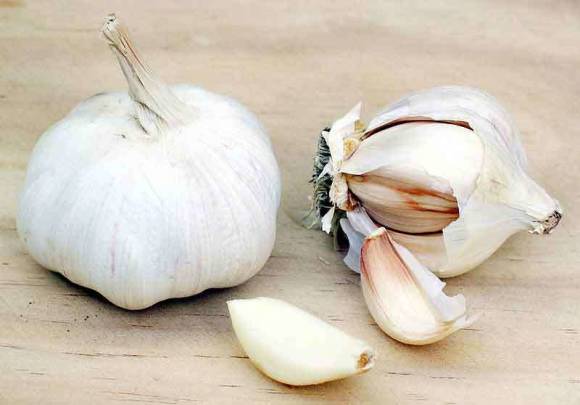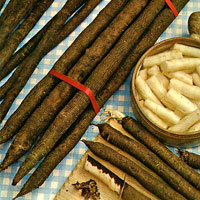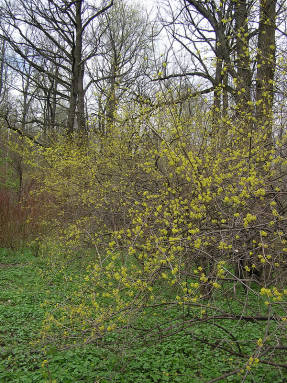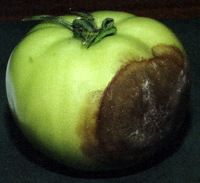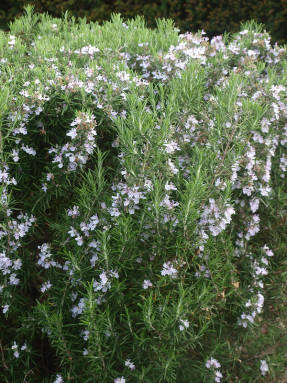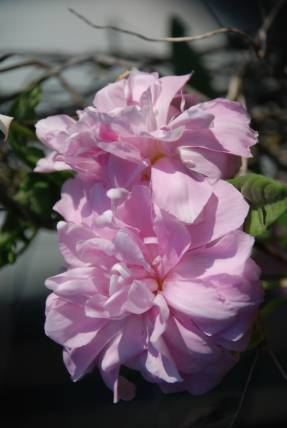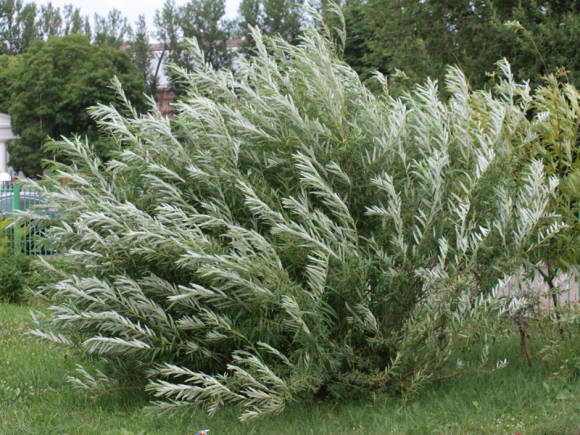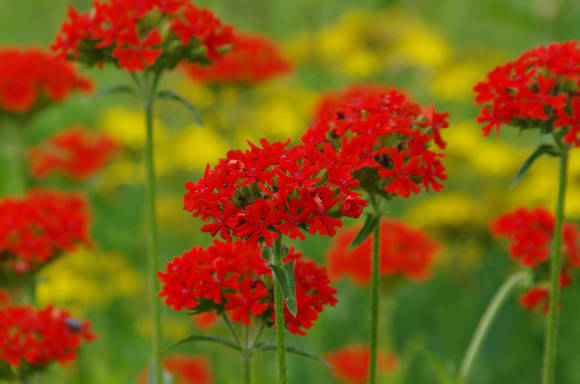
With the advent of new flower plants that come to us from distant countries, our old, famous, once popular flowers are gradually disappearing from our flower beds. And before, how could you do without lichnis, mignonette, soapwort? Although the seeds of these flowers are commercially available, few people pay attention to them. Let's remember these plants. Maybe one of the readers will plant them.
Lychnis, or dawn

The plant belongs to the clove family. Its name comes from the Greek word "lichnos", which means - a torch, in ancient times the leaves of this plant were used as wicks. In the temperate zones of the Northern Hemisphere, up to 50 species are found; in horticulture, 3 species are mainly used.
Likhnis chalcedony, dawn (Lychnis chalcedonica) - a perennial herb, found in the wild in the southern regions of Russia and in Asia Minor in the Chalcedony region. It was introduced to Europe from time immemorial and spread everywhere. For its bright red velvety flowers in Germany it is called "ardent love", in Russia - "dawn", and for the ability of the roots to foaming water due to the saponin content - "Tatar soap". For a long time, there was a custom among the people of planting lychnis in the bride's garden as an expression of the love of a young man.
The plant is 80–100 cm high, the stems are straight, covered with hard hairs. Leaves are lanceolate, ovate, sharp. The flowers are bright red, 1.5–2.0 cm in diameter, collected in a dense terminal shield 7–10 cm in diameter. Blooms from June to August, with the timely removal of faded inflorescences.
Lychnis sparkling, bright (Lychnis fulgens)... Homeland - Eastern Siberia, the Far East, China. The plant is herbaceous, perennial, 60–80 cm high, the stem is straight, not branched. Leaves are oblong-ovate. The flowers are fiery red, 3-5 cm in diameter, collected in loose, multi-flowered semi-umbrellas. Blooms in July – August.

Lychnis crown (Lychnis coronaria) - perennial plant. Homeland - Mediterranean and Southern Europe. The plant is up to 70 cm high, the stem and leaves are covered with tomentose silver-gray pubescence. The flowers are simple or double, purple-red, carmine or white, 2-3 cm in diameter, on long pedicels. Blooms from May to late July.
All lichnis are light-loving, frost-resistant, they love rich and sufficiently moist soils. In one place they grow and bloom well for 4–5 years, then the bushes need to be renewed. Lichnis reproduce by seeds, dividing the bush and green cuttings. Terry forms propagate only vegetatively. The bushes can be divided in spring and autumn. The seeds are sown in March – April. Seedlings appear in 15–20 days. The grown young plants are planted in open ground. By autumn, they can bloom.
Adonis are planted on flower beds, mixborders, and can be used as a group on a lawn - bright red flowers enliven the landscape.
Mylnyanka

The plant also belongs to the clove family. The genus includes annual, biennial and perennial herbaceous plants that are often found naturally in Europe and Asia. The genus name comes from the Latin word "Sapo", which means "soap", tk. the crushed rhizome of this plant forms a soapy foam in water, which removes greasy stains.
In decorative floriculture, soapwort is used in the design of ridges and mixborders, as well as in group plantings next to aconite, ferns, bells, and Iberis. It is suitable for creating arrays and thickets.
Soapy medicinal (Saponaria officinalis) - a perennial herb, up to 80 cm high, the stems are knotty, smooth, branched. Leaves are opposite, lanceolate or elliptical, 5–12 cm long. Rhizome is creeping, branched, capable of growing rapidly. Over time forms dense thickets. It grows in one place for 6-8 years.The flowers are large, 2-3 cm in diameter, simple, fragrant, pale pink, lilac, blue, purple, semi-double and double on short pedicels. Flowers are collected at the ends of the peduncles in loose corymbose panicles. Blooms in late June and blooms for a long time, until the end of August.
Basilicola soapwort (Saponaria ocymoides) - perennial plant up to 20 cm high, with long, creeping shoots that form soft cushion thickets. The leaves are narrow, linear, opposite, oval, matte, green in color. The flowers are star-shaped, small, fragrant, pink-red, collected at the tops of forked peduncles in umbellate inflorescences. Blooms in June – August.

Mylnyanka is an unpretentious, winter-hardy plant, tolerates slight shading. The soil should be loose, calcareous, sufficiently fertile, well-drained. Watering is regular, moderate, without stagnant water.
The soapwort reproduces by seeds, green cuttings, and dividing the bush. The division of the bush can be carried out in spring and autumn. The tops of young shoots that appear around the mother plant are suitable for cuttings, they root well. Freshly harvested seeds are sown before winter. Growing seedlings and rooting of cuttings are carried out during the next summer and are planted in a permanent place in the fall.
Mignonette
The plant belongs to the mignonette family. Homeland - Egypt. The generic name comes from the Latin word "resedo", which means to heal, to alleviate (in ancient times, reseda was used as a pain reliever).
The main advantage of reseda is a delicate pleasant aroma, thanks to which it is used in perfumery. It has been known in culture since the XIV century and has been very popular for a long time.

Fragrant mignonette (Reseda odorata) - a perennial herb, in our climatic conditions it is grown as an annual, as it freezes in winter. Plant height 30-60 cm, stems erect or creeping, with raised ends, compact or loose bush. Leaves are oblong, whole. The flowers are very fragrant, small, greenish, collected in large, dense spike-shaped inflorescences of a pyramidal shape. The stamens are long, yellow, white, red, brown. They give different shades to the mignonette varieties.
Reseda is a light-loving plant, requires loose, rich in organic matter soils and open sunny areas. It does not tolerate damp soils at all, and this is not surprising if you remember that the homeland of mignonette is Egypt.
Mignonette is propagated by seeds, the most mature seeds are selected for sowing - dark with a metallic shade. It can be sown in open ground in May, but considering that it blooms 2–2.5 months after sowing, for earlier flowering it is better to sow on seedlings in March – April. Plants do not tolerate transplanting well without a coma, so it is better to sow seeds in pots. Seeds sprout 10-14 days after sowing. If you sow seeds in boxes, then when picking, the seedlings must be planted in separate pots, so that when planting in the ground, they do not disturb the clod of earth. During the growing season, it is necessary to feed 1-2 times with full complex fertilizer for lush development and flowering.

To enjoy the aroma of mignonette, it should be planted near houses, gazebos, verandas. Since mignonette itself is a rather nondescript plant, it should be planted along with other brightly colored decorative flowers. Reseda can be used as a pot culture, for decoration of windows and balconies.
"Ural gardener", No. 27, 2017
Photo by Maxim Minin, Rita Brilliantova and from the GreenInfo.ru forum
